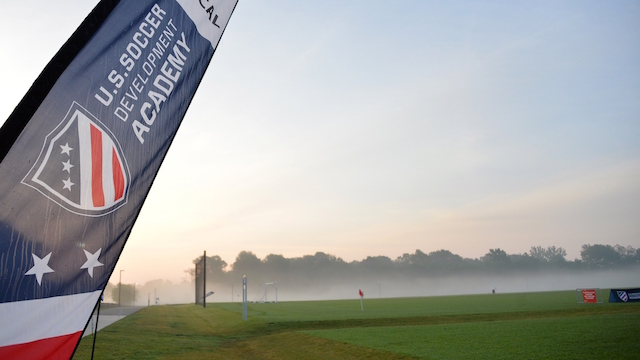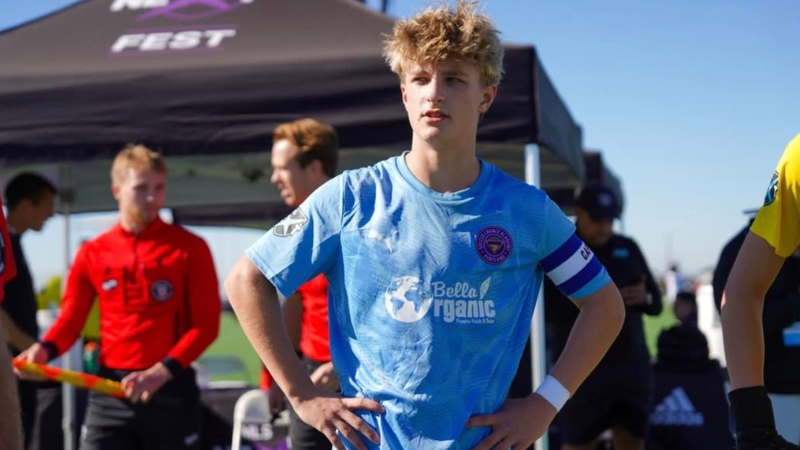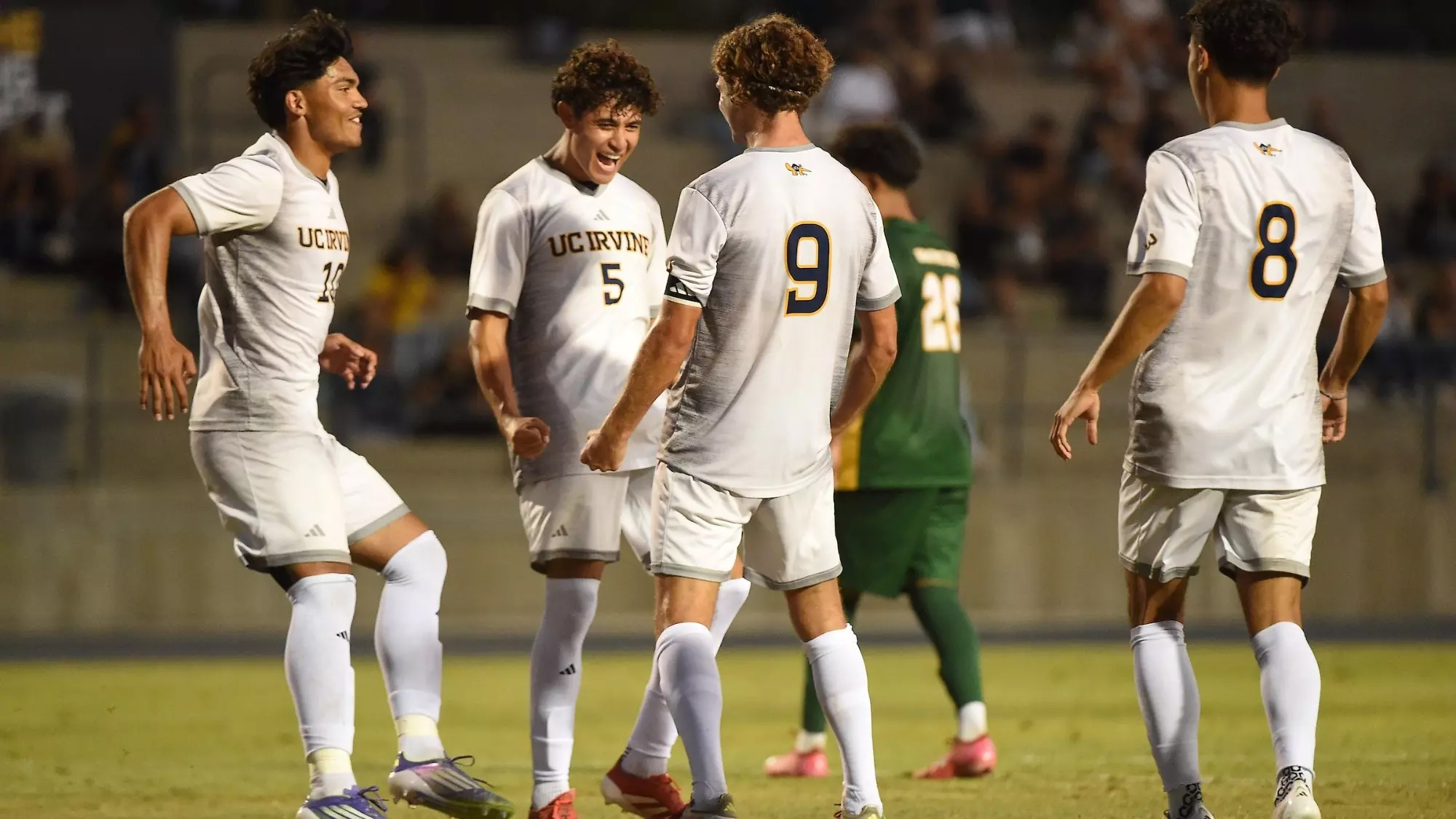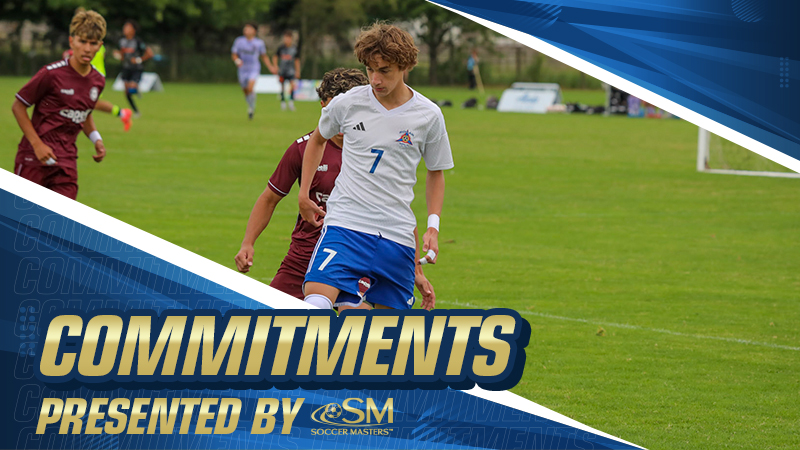How the DA's expansion saw the light

Late last week, U.S. Soccer announced the second largest expansion spasm in Development Academy history since the original big bang brought it to life in 2007.
In scope, it signaled an enormous undertaking of intent from U.S. Soccer. The expansion touched every corner of the DA, expanding by 17 wholly new clubs and adding 108 new age promotions from clubs already in the academy. It targeted younger age groups, with the recently added U12, U13 and U14 groups getting massive infusions of clubs nationwide while the recently announced standalone U15 league was fortified by an immense 82 new teams.
The process that got U.S. Soccer to this stage was a long one, involving every corner of the federation's technical resources at the youth level. To get a sense of how this sort of thing goes down, I spoke with Development Academy director Jared Micklos, who's been in the role now for nearly three years and helped shepherd the expansion into its final phases.
What was the genesis of the latest expansion?
“The genesis of how this comes about and who’s involved is a combination of people, but it’s led by our technical staff. So when you look at our nine technical advisers around the country, and then Tony Lepore is our director of scouting, when that group gets together and analyzes what’s happening in the different markets, we then - meaning myself and our academy staff - support that group in how we can potentially make it happen. They basically identify, there’s a need to do X, Y and Z, and we say there’s the need, now let’s see how we can address it.
“The genesis was, we need to produce world class players. That starts with two things: world class coaching, which has been a major initiative of the federation over the past couple years as we’ve hired full-time coach educators, but it also starts with creating a world class environment for young players. We initiated that last year. This is the genesis of that model that started in 2007 (when the Development Academy was formed) with two older age groups (U16 and U18) and to drive it down.
“That’s always been part of the analysis, is to get people connected. The federation put in the player development initiatives last year, and in doing so, that was the first time for us to have standards in Zone 1 (U6-U12 ages), and then it’s been part of a 10-year process to take the vision of the academy at older age groups and drive it down into Zone 1 where we think we can expand the influence. And that’s one of the main focuses and drivers of the academy, is to provide a standard and examples of providing the right player environment.”
When did this get to you, and what was that implementation process like?
“I think the overall plan of expanding it is more of a five-year plan. I’ve been in the role two and a half years, and the last two and a half years we’ve talked a lot about, (for instance) when I started the U13 and U14 age groups were combined. There was an analysis going on in every one of the showcases, we’re analyzing the birth year makeup of the roster. Who’s at 50/50 (in terms of U13s vs. U14s)? If they’re not at 50/50, what is the birth year makeup? And we’re analyzing how many minutes played by everyone on the roster, so how many minutes are being played over the course of our fall showcases we have? And within that, what’s the birth year and even birth month as we look at relative age?
“One thing we spent a lot of time on in looking at that was, there’s a major physical difference between a player that’s 14 and a player that’s 12. And that’s really the range of when you’ve got to combine U13, U14 age groups. So the first step was, what do we do with some of the late developers and the physically under-developed players? So the first thing we did was start the Futures Camp, which was one avenue to address this specific group, which is about 50 or 60 players. But then we had a much clearer view of, when you combine this group at 17 and 18, it’s a lot different than 13, 14.
“That drove us to split U13 and U14 into single ages. Once we did that - that was two years ago - then it drove us to where we are now. We saw the difference. When we talked to directors at showcases and our technical staff looked at the games, they all said this was far improved. And then we thought to ourselves, we need to make more opportunities at these foundational levels, the base of the pyramid, so we have players that can follow the pathway.
“We also analyzed this - how many players were in at 13 and 14, then out at 15 and back in at 16. Or in at 12, out at 13 and back in at 14 because of the gap. That obviously won’t be the case when you’ve got single birth year, single age groups to be part of the pathway.”
Was that also the thinking in establishing a single year U15 age group for the 2017-18 season on?
“Exactly. So this U15 group, we’ve known about for over a year, because when we aligned, the one thing we were ahead of the curve and ahead of the game on was the fact that we were already on birth year calendar (and not a school year calendar, as was most of the rest of the country’s youth leagues). The U17/18 group is the same thing as the U18/19 age next year. We’re just calling it the appropriate name based on the international standard, which everyone will do in this country. We didn’t want to confuse the entire landscape even though we were already on the birth year calendar two years ago.”
What’s been the response from clubs on the single age groups?
“It’s been positive because the clubs are excited about having additional opportunities to develop players within their pyramid. That’s what you want. Clubs, coaches and directors take pride in developing the player. So when you give them an additional opportunity to progress the player through the pathway when they’re ready, not to mention the fact that it gives them opportunities for play up and play down based on the level of the opponent, based on the readiness of the player either physically or tactically.
“So now they’ve got 12, 13, 14, 15 for instance, they’ve got four age groups to work with. They can move players around within a pool and it can be less team based and more focused on the individual player’s development.”
How involved was Jurgen Klinsmann in this process, or did he delegate more?
“Even though Jurgen was in the technical director role, I think the more appropriate person in terms of role and title is Tab (Ramos), because he’s the youth technical director. So Tab was involved in the conversation. Him and Tony (Lepore) and our technical adviser staff were meeting, he’s part of our technical integration, he’s at our showcases, he’s seeing firsthand what’s happening, so he has real touch points with our academy and with the youth national teams. Eighty nine percent of the products in the youth national team rosters last year came from the DA, so he’s got a real sense of what’s happening and certainly involved in driving some of (the recent expansion) and much of player development initiatives along with our coaching education department.”
Is it similar with Bruce Arena? Is Tab in the same role?
“Tab remains in the same role, and that would be consistent with how it is going forward. The only difference I can offer on Bruce is that he does not have the technical director title. He’s solely focused on being the head coach of the national team.”
How difficult is it to wrangle the size of the country into a discernible academy shape?
“Each market is unique. Each division and coast and conference has its nuances. That’s part of the reason why we have technical staff in market. That’s also part of the reason why the academy has standards and requirements for the program overall. But there’s also some uniqueness to what can be the schedule or the periodization for a year based on geography, based on a number of clubs within a market. Every time you grow you have a bigger pool, and each one of these markets requires a customized plan.
“It can be challenging. I think one of the great opportunities is you find clubs that are partners, that are invested in this. And if they’re aligned with the philosophy then it’s easier to make it possible to expand into these new markets. It’s daunting. When you’re talking about an overall numbers standpoint, we’re talking about going from 11,000 players this year to, with the (Girls Development Academy), closer to around 20,000 this year.”
As far as the nine technical advisers are concerned, how would you define their role?
“The technical advisers, they’ve got a number of different roles. But one of their main roles is club support, so they’re constantly working with the clubs, whether it be attending training sessions, meeting with coaching staff or leadership, evaluating games on the weekends and selecting those players into our talent identification system, hosting our training centers, which is our talent identification system that serves as a pathway to our youth national teams and senior national team. They have contacts and a connection with our youth national team staffs to make sure they have an understanding of what the standard looks like across the country at the highest level so they can apply that in-market. And there’s obviously education opportunities for them with our coaching education.
“They spend their time in the markets because that’s the best way to learn. They then as a group provide context on the different areas and provide that info to us as a team so we can continue to advance the academy in the right way.”
Do you think it’s possible at any point in the near future that all DA clubs would be free to play?
“It’s certainly an initiative for us. I think it varies so much based on the region of the country and the club makeup. Some clubs have thousands of players, and they have sponsorship and fundraising opportunities far greater than others. So when you look at the size of a club, that becomes a little more realistic for them. Others are a little bit more boutique. They both offer something positive to the whole player development pathway, so for us we have to look at it on an individual basis.
“But the key we’d like everyone to get to is that there’s no financial barriers for a player to play. So what that means is that if there’s a player in your market, regardless of whether your entire club is free, that can’t afford to play, that there’s a subsidy through U.S. Soccer and through to club to make sure that that player has an opportunity, regardless of financial situation. If we can get there - which I think we’re close to that. When a player has been identified and they’re a quality player, then people try to find the means to help them.
“We hope that would continue to happen, but there’s over 30 clubs in the Development Academy right now that are cost free. That’s a huge testament to the work being done by so many people in the club environment to create these opportunities at reduced cost.”
Headlines
- Recruiting Roundup: January 5-11
- Professional Signing Tracker: 2025-26
- Tracking Division I Coaching Changes
- 2026 Women's Division I Transfer Tracker
-
Ten MLS Next AD U17 Players to Know

- U18, U19, U20 MNT Training Camp Rosters
-
ECNL Boys FL: Top Under-16 Performances

-
Commitments: ECNL Star to the WCC

- TopDrawerSoccer TeamRank Update - Girls
-
ECNL Girls FL: Under-16 Players to Watch




